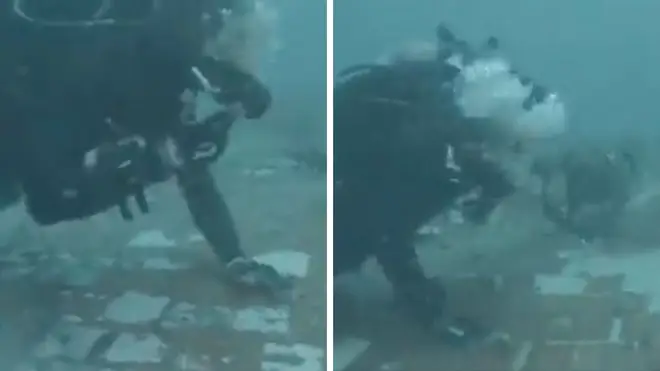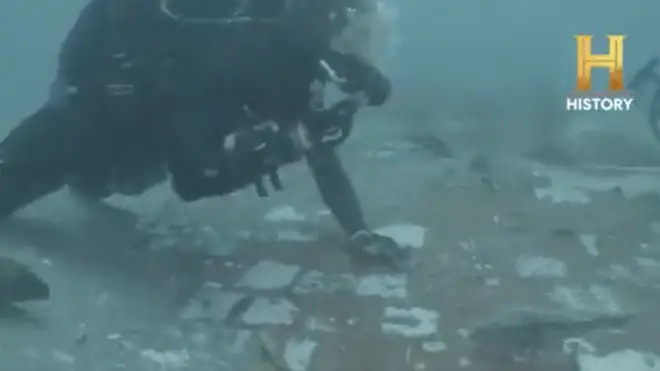
Ben Kentish 10pm - 1am
11 November 2022, 15:07

Divers have discovered the wreckage of the Challenger space shuttle off the Florida coast.
A large section of the destroyed space shuttle was found buried in sand at the bottom of the Atlantic, more than three decades after the tragedy that killed a schoolteacher and six others.
NASA's Kennedy Space Centre announced the discovery on Thursday, saying in a statement that they were contacted by the divers after spotting a large, clearly modern object at the bottom of the ocean and bearing the shuttle's distinctive tiles.
"This discovery gives us an opportunity to pause once again, to uplift the legacies of the seven pioneers we lost, and to reflect on how this tragedy changed us," NASA administrator Bill Nelson said.
Read more: NASA's Dart mission successfully smashes asteroid off course in test to save Earth
What they uncover off the coast of Florida, outside of the Triangle, marks the first discovery of wreckage from the 1986 Space Shuttle Challenger in more than 25 years. Don’t miss the premiere of The Bermuda Triangle: Into Cursed Waters on Tuesday, November 22 at 10/9C. pic.twitter.com/LWUoFXxEnK
— HISTORY (@HISTORY) November 10, 2022
Michael Ciannilli, a NASA manager in charge of the remains of both lost shuttles, Challenger and Columbia, said: "Upon first hearing about it, it brings you right back to 1986."
He said it was one of the biggest pieces of Challenger ever found in the decades since the accident.
The remnant uncovered is more than 15ft by 15ft and may be bigger - part of it is remains covered with sand.

NASA verified through video that the piece was part of the shuttle that erupted into a ball of flame 73 seconds after lifting off from Kennedy Space Center on January 28 1986.
The fragment remains on the ocean floor just off the Florida coast near Cape Canaveral, as the space agency determines the next step.
All seven on board were killed during the incident over 35 years ago, including the first schoolteacher bound for space, Christa McAuliffe.
Subsequent investigations blamed the disaster on compromised O-Ring seals on a solid rocket booster, worsened by unusually cold temperatures.
It remains one of the worst disasters in the history of the US space program.